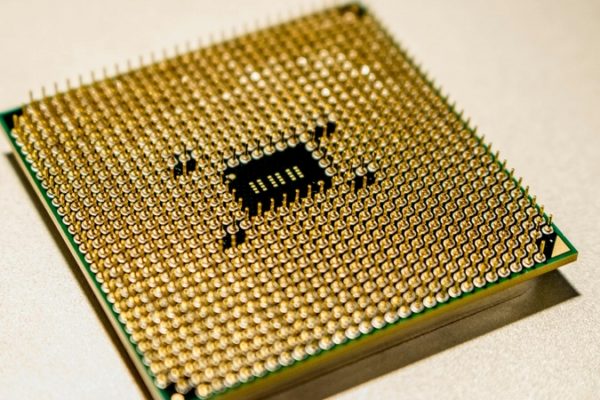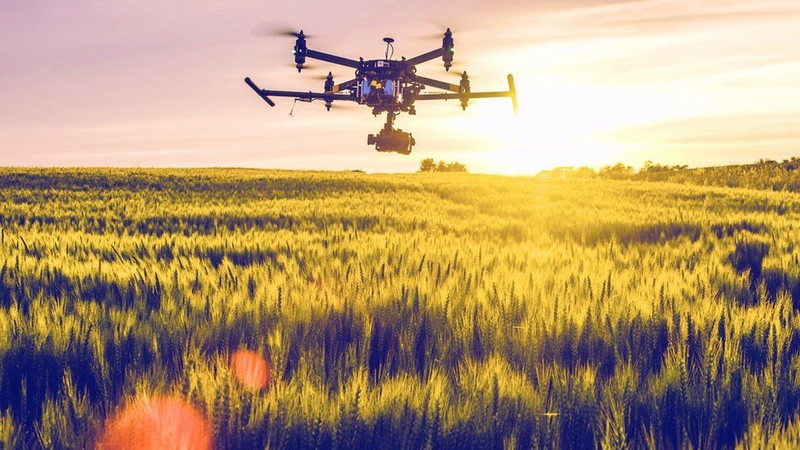
When it comes to shipping goods, multiple modes of transport exist. Ships are extremely efficient at moving cargo between continents, trains are excellent for long country journeys, and trucks are ideal for delivering goods right to the door. But some goods, such as radioisotopes used in chemotherapy, have an extremely short shelf life meaning that they require fast delivery, and current delivery methods are either uneconomical or too slow. Recognising the advantages that drones present, the UK government is currently planning to authorise new airspace that will form highways for automated drones. What challenges does existing infrastructure present, what are drone highways, and how will they help with time-sensitive deliveries?
Top Stories Of The Week
- US Bill To Provide $52Bn To Semiconductor Industry Passes First Hurdle
- US Government To Provide $56 Million For Solar Manufacturing Industry
- Google And Chevron Invest In Nuclear Fusion Company TAE Technologies
- The Dangers Of A Fragmented IoT Industry
- Dryad Smart Sensors To Protect Italian Forests From Wildfires
- Semiconductor shortage continues to pressure Chinese automakers
- Security Flaw In Popular GPS Tracker Allows Hackers To Access Location
- Google To Test Its Smart Glasses In Public Spaces
- Researchers Develop New Semiconductor That May Enable Low-energy Electronics
- MakerBot Releases Cloudprint 2.0 With New Upgrades And Features
Custom parts for startups & enterprises - order online, delivered same day.
Hardware Business News
US Bill To Provide $52Bn To Semiconductor Industry Passes First Hurdle

Even though the COVID pandemic is coming to a close, the effects of global lockdowns will be felt for a decade. The combination of supply chain challenges and the sudden demand for automotive components when the first lockdowns were lifted has seen the semiconductor industry struggle to meet demands for integrated circuits. Additionally, it has come to the attention of the whole world that a country that is unable to locally produce semiconductors is at a serious disadvantage. Recognising this challenge, the US government has managed to pass the first round of voting on a new bill that will see $56bn in subsidies for the semiconductor industry to accelerate US-made semiconductors. What challenges does the semiconductor industry face, what does the new bill aim to achieve, and why are semiconductors essential for a functioning society?
US Government To Provide $56 Million For Solar Manufacturing Industry
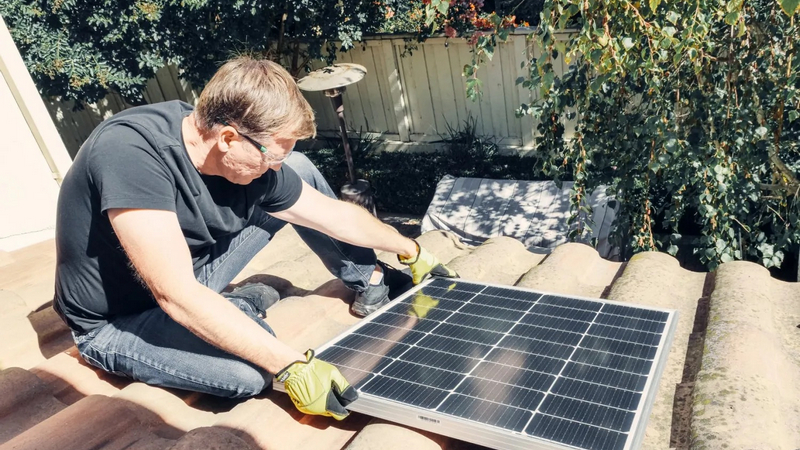
Around the world, fuel prices continue to rise in light of the COVID pandemic, rising interest rates, inflation, and the Russo-Ukraine war. This increase in fuel price is also pushing up the price of electricity while limited gas supplies have nations around the world concerned for the coming winter. Recognising the challenges of fossil fuel dependency, the US government has recently announced a $56 million fund to help boost the production of solar panel manufacturing and recycling. How can solar panels help reduce humanity’s dependency on fossil fuels, what will the funding help to do, and what challenges do solar panels face when being recycled?
Google And Chevron Invest In Nuclear Fusion Company TAE Technologies
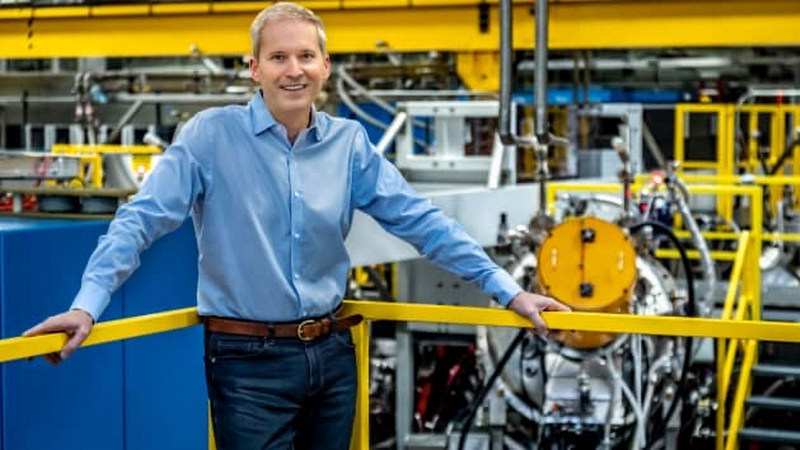
Despite fusion always being 20 years away, researchers around the world continue their efforts to achieve what is said to be the answer to all of our energy problems. But while many researchers are exploring the use of torus-shaped reactors, others such as TAE technologies are experimenting with more unusual designs. Hoping that their solution will be the key to fusion, Google and Chevron have been involved with a $250 million funding round which has brought the total amount of funding to $1.2 billion. What challenges does fusion technology face, who are TAE technologies, and what advantages will fusion power bring?
Talk with an expert
Hardware Engineering News
The Dangers Of A Fragmented IoT Industry

While IoT devices bring a multitude of benefits they are not without some challenges. For example, devices that have poor security practices can open up a network to a multitude of cyberattacks including data theft, network access, and ransomware. But the current fragmentation seen in the industry whereby devices are locked into specific services is also raising concerns about long-term support. Recently, Hive has announced that it will no longer be supporting older devices which will see them effectively bricked despite customers having invested in these products. What challenges does IoT fragmentation present, what did Hive announce, and how does this demonstrate the dangers of products being tied to vendors?
Dryad Smart Sensors To Protect Italian Forests From Wildfires
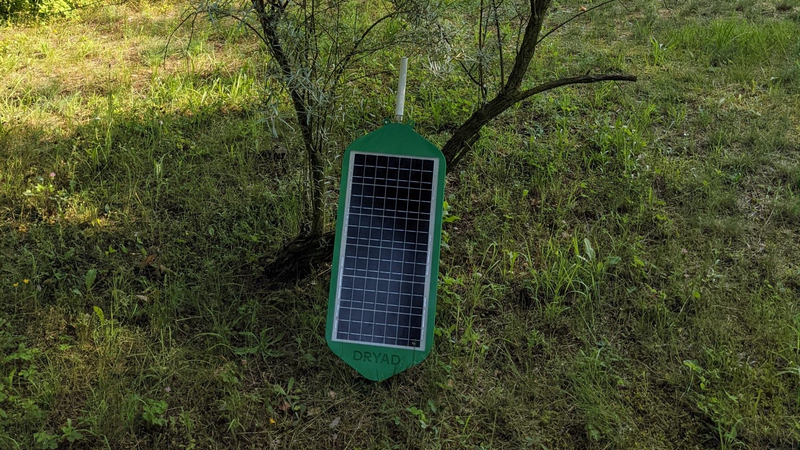
Forest fires are devastating on every conceivable level whether it is widespread damage to habitats, destruction of ancient trees, or the loss of homes for those living nearby. And yet, if a forest fire is caught during its smouldering stage, a bucket of water and an axe is more than enough to prevent the loss of thousands of hectares of land. Recognising the challenges faced by firefighters, Dryad Networks has recently developed a range of IoT sensors that can be mounted in the deepest parts of a forest and detect smoulders before they become fires. What challenges do forest fires present, how do Dryad sensors work, and why will such systems be needed in the future?
Semiconductor Shortage Continues To Pressure Chinese Automakers
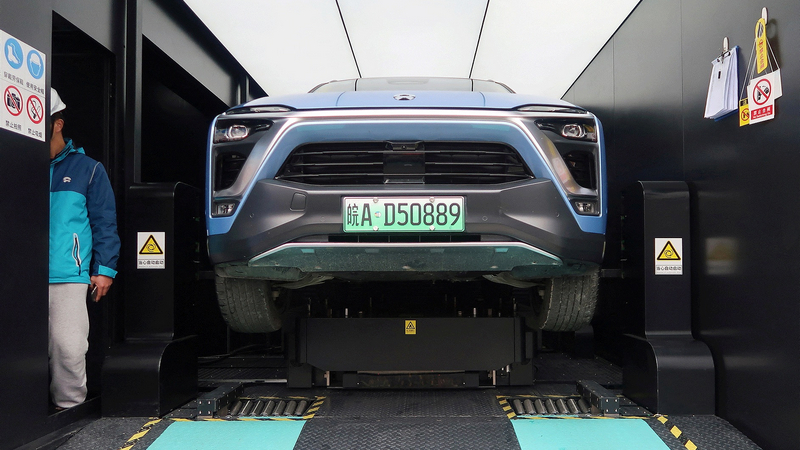
The shortage in the semiconductor industry has seen supply chain disruptions across the board, and automakers are going to extreme lengths to obtain parts for their vehicles. In one instance, an unnamed company was purchasing brand new washing machines to extract key parts currently unavailable on the market. Now, reports of scalpers that purchase excess stock from abroad and then charge automakers in China a large premium are showing the desperation of the industry. What challenges does the automotive industry face, how much are scalpers charging, and when will stocks return to pre-covid levels?
Security Flaw In Popular GPS Tracker Allows Hackers To Access Location

GPS has proven to be a valuable technology allowing anyone anywhere around the globe to know their exact position. Combined with low-energy microcontrollers and batteries, the result is the ability to create miniature trackers that can be placed on valuables such as phones and cars. But a popular GPS tracker manufactured by a Chinese company has been found to contain numerous security flaws that allow an attacker to not only access the tracker and see the location but also cut the engine of the vehicle that has the tracker installed. What challenges does poor security present to consumers, what tracker was found to be vulnerable, and should IoT technologies be integrated into vehicles?
Hardware R&D News
Google To Test Its Smart Glasses In Public Spaces

More than a decade ago, Google Glass was one of the first functional prototypes of smart glasses, but their clunky design and impracticality prevented them from becoming mainstream. Since then, smart technologies have dramatically improved, and the development of unique projection systems along with internet connectivity has now seen a revival in the smart glasses industry. Now, Google has announced that it will be testing its latest smart glasses in public spaces to confirm the technology works in real-world scenarios. What challenges do smart glasses face, what features will the Google smart glasses provide, and what privacy concerns surround the technology?
Researchers Develop New Semiconductor That May Enable Low-energy Electronics
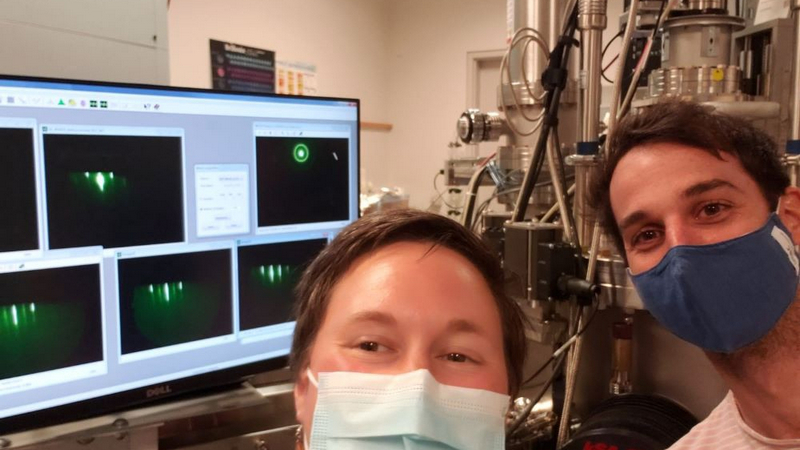
For the past 50 years, the semiconductor industry has raced to increase the number of transistors on integrated circuits to allow for more powerful computing devices. To achieve this, foundries shrink the size of each transistor so that more can fit on a single device, but it also turned out that shrinking transistors also reduce their energy consumption. Fast forward to 2022, and by far the biggest demand isn’t increasing transistor densities but reducing energy consumption. Now, researchers from Penn State and the Massachusetts Institute of Technology have developed a new semiconductor that is able to operate at significantly smaller energies by taking advantage of photonics. What challenges does energy consumption present to engineers, what did the researchers develop, and how can it be used to create low-energy electronics?
Open-Source Hardware News
MakerBot Releases Cloudprint 2.0 With New Upgrades And Features
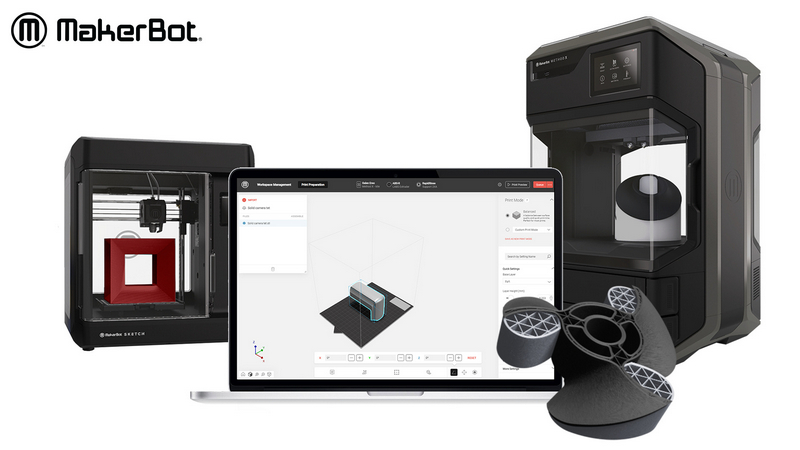
MakerBot is well known for being one of the first manufacturers of desktop 3D printers and has since developed a wide range of printers aimed at engineers and makers alike. One development that MakerBot has focused on is its cloud-based services which enable its printers to be remotely connected to, controlled, and arrange print queues without needing to be physically at the machine. Building on the success of CloudPrint, MakerBot has recently announced CloudPrint 2.0 which introduces numerous new features including native support for 3D models, improved queue management, and printer management. What challenges does remote operation of 3D printers present, what new features are included with CloudPrint 2.0, and how will this help those 3D printing parts?


